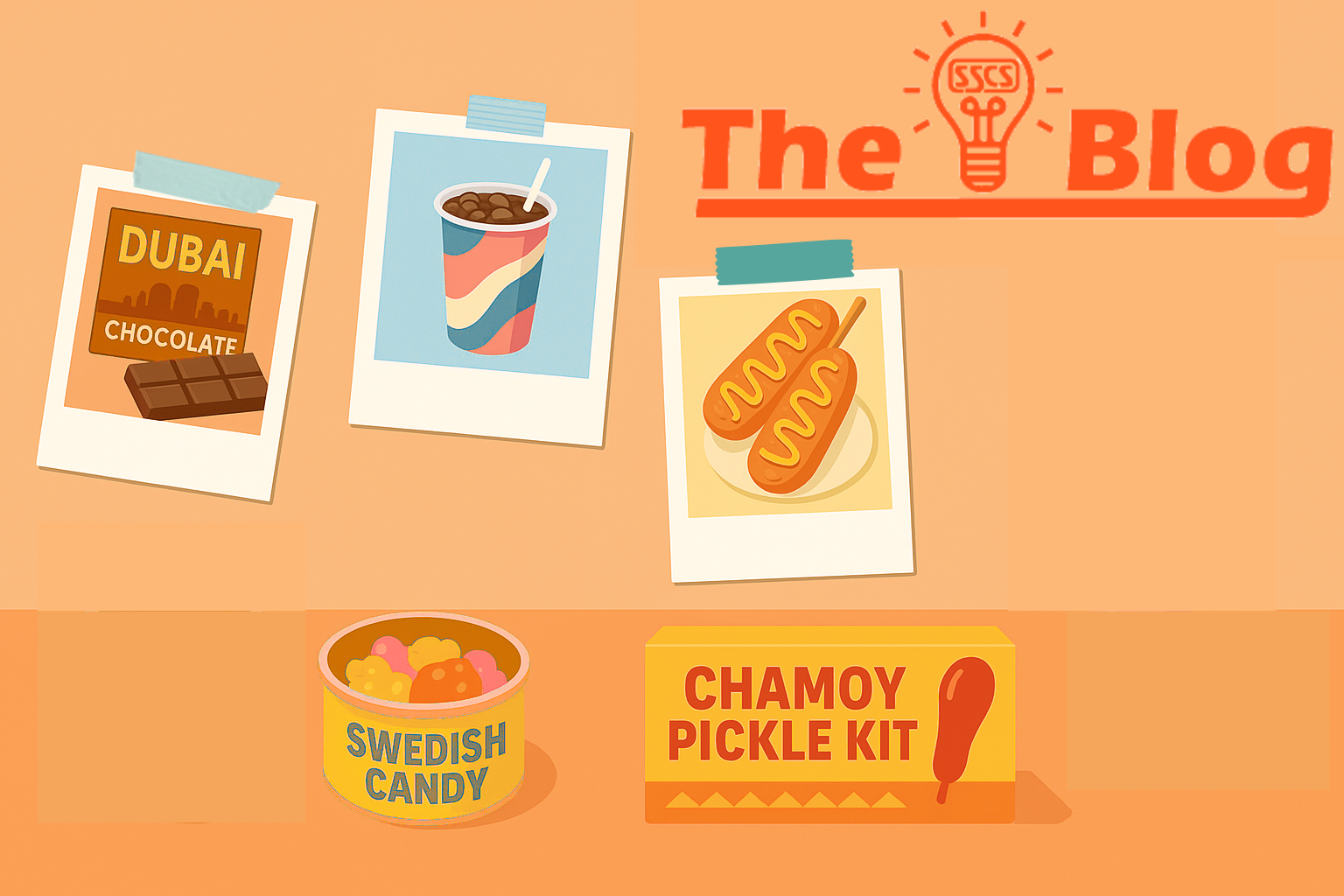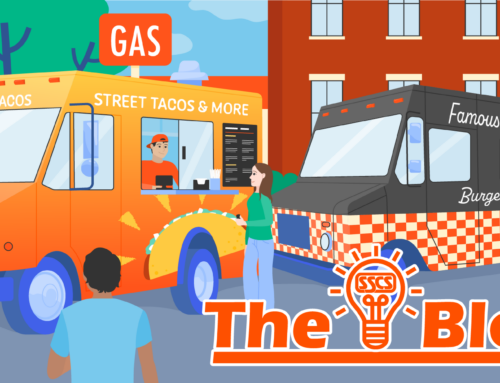
Viral Snacking: Catch It!
Regional treats that have been around for years can gain new, universal life thanks to the internet.
Wasn’t too long ago that if you heard someone say, “Try this viral snack,” you’d probably start running away really fast.
But then information technology, the internet, and social media happened. The disease part of “viral” got de-emphasized. The “spread really fast and far” part didn’t—and that’s an understatement, given the immediate, universal transmission of digital information and opinion.
Take food, for example, snacks being a premier example—no, make that, viral snacks. Anyone from corporate manufacturers to your next door neighbor can create food that becomes a sensation overnight, in all parts of the world, through social media platforms, most famously that dynamic duo of superspreaders, TikTok and Instagram.
While there are countless star food bloggers and influencers, friends also like to share recipe photos and videos. In almost every case, visually appealing presentations, unique flavors, and innovative combinations of ingredients play a large role in creating buzz. Here are some typical examples:
Dubai Chocolate, put in simple terms, is stuffed chocolate, but the stuffing is gourmet: pistachios, dates filled with chocolate, pralines, and sweets infused with exotic spices like cardamom or saffron. In the Middle East this is often a luxury item, including gold leaf, intricate shapes, and stunning gift packaging. But as information has spread across the Internet, economically more viable alternatives have surfaced.
Korean corn dogs provide a great example of the power of the web to bring once remote delicacies to the world at large. In this case, we’re talking about South Korea, where K-Pop’s massive internet presence is a dominant force for influencing trends—like the Korean corn dog. These feature a variety of fillings, including sausages, mozzarella cheese, or a combination of both, dipped in a thick batter and then fried until golden and crispy. They are sometimes coated in ingredients like breadcrumbs, potato pieces, or shredded cheese, and served with a variety of dipping sauces.
Dirty soda isn’t really dirty, but it was created a few decades back in Utah (the state of our latest SSCS customer profile, by the way). Dirty soda typically combines soda with flavored syrups, creams, and sometimes other ingredients like coconut cream or fruit. Mormon culture popularized it, local shops specialized in it, Instagram (Olivia Rodrigo hash tagged it) and TikTok made it go viral—in part because of the drink’s visual impact and creative potential.
Cloud Candy. File this one under, “so old, its new again.” The cotton candy boom began in the United States in 1921, when the art of “spinning sugar” (invented by a dentist!) was commercially introduced at a local fair. Today’s digital generation has rechristened the treat, “cloud candy,” influenced a broadening of the confection’s scope, and made it trendy again. Dill pickle, Blast of Baja, French Toast . . . this is honestly just scratching the surface. Again, variations are interesting to look at, making cloud candy perfect for Instagram and TikTok users, who compete to outdo each other’s outrageous creations.
We often end these posts by emphasizing the importance of being responsive and fluid when managing inventory. Phenomena like viral snacking are placing more intense pressure on operators to respond to their markets with even more speed and deftness. Robust, comprehensive back office software is the only way to keep your inventory mix and item pricing up-to-date—with powerful tools to adjust them, as needed—quickly. It’s a powerful advantage, and only one of benefits of using SSCS Software. Call us at (800) 972-7727 and we can fill you in!






Leave A Comment